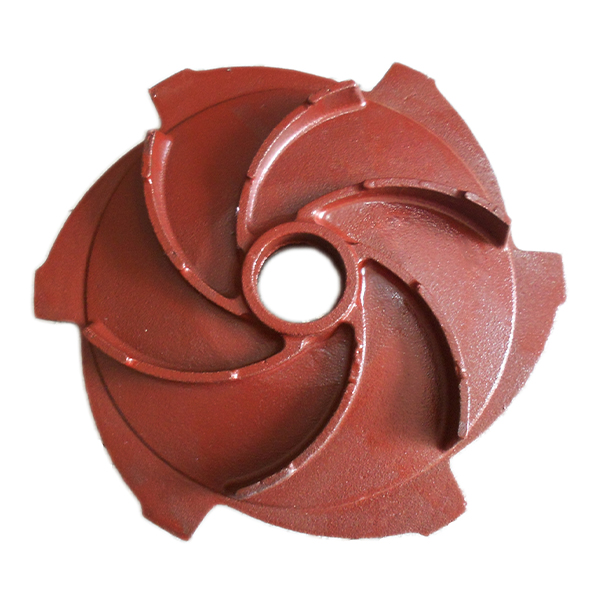Mobile:+86-311-808-126-83
Email:info@ydcastings.com
Understanding the Importance of Car Engine Sump and Its Maintenance Tips
Understanding the Importance of the Car Engine Sump
The car engine sump, also known as the oil pan, is a crucial component of an automobile's engine system. It plays a vital role in maintaining the engine's performance and longevity by providing a reservoir for the engine oil, which is essential for lubrication and cooling. In this article, we will delve into the function, types, maintenance, and common issues associated with the engine sump.
What is an Engine Sump?
The engine sump is located at the bottom of the engine block and is typically made of metal or plastic. Its primary function is to store engine oil, which circulates through the engine, lubricating moving parts, reducing friction, and helping to dissipate heat. The sump usually includes an oil pickup tube that draws oil from the sump and pumps it to various parts of the engine, ensuring all components are adequately lubricated.
Types of Engine Sumps
There are generally two types of engine sumps wet and dry.
1. Wet Sump This is the most common type found in modern engines. The wet sump system has the oil stored in a pan beneath the engine. The oil is constantly recirculated, ensuring that the engine is well-lubricated during various driving conditions. Wet sumps are simpler in design and typically more cost-effective to manufacture.
2. Dry Sump Found mostly in high-performance and racing engines, the dry sump system uses a separate, larger oil reservoir located away from the engine. This system pumps oil through external lines back to the engine. The advantage of dry sump systems includes better oil management during extreme acceleration and cornering, as well as a lower center of gravity for the vehicle.
Maintenance of the Engine Sump
car engine sump

Proper maintenance of the engine sump is essential for the overall health of your vehicle's engine. Regular oil changes are crucial to ensure that contaminated oil is removed and replaced with clean oil, which protects engine components. Additionally, it’s important to regularly check for leaks or damage to the sump. Signs of a leaking engine oil sump include oil spots on the ground where the vehicle is parked or a drop in the engine oil level.
It’s also recommended to inspect the oil pickup tube for any blockages that might restrict oil flow. A blocked pickup can lead to oil starvation, which can significantly damage engine components. If any issues are detected, immediate action is essential to prevent severe engine problems.
Common Issues Associated with the Engine Sump
Several issues can arise with an engine sump, including oil leaks, structural damage, and contamination of the oil. Oil leaks can occur due to wear and tear, improper installation, or a damaged seal. If left unchecked, oil leaks can lead to low oil levels, increasing the risk of engine damage.
Structural damage to the sump itself may result from road debris or harsh driving conditions. A damaged sump can lead to significant oil loss, requiring immediate repair or replacement.
Contaminated oil can also be a problem, leading to the buildup of sludge in the sump. This sludge can block the oil pickup tube and restrict oil flow, potentially causing engine components to overheat and fail.
Conclusion
In conclusion, the car engine sump is an integral part of vehicle performance and reliability. Understanding its function, maintenance requirements, and common issues can help car owners ensure their vehicles run smoothly. Regular checks and timely repairs are key to maintaining the engine sump, ultimately contributing to the engine’s health and the vehicle’s overall longevity. By taking care of this crucial component, drivers can enjoy a more efficient and reliable driving experience.
-
Why Should You Invest in Superior Pump Castings for Your Equipment?NewsJun.09,2025
-
Unlock Performance Potential with Stainless Impellers and Aluminum End CapsNewsJun.09,2025
-
Revolutionize Your Machinery with Superior Cast Iron and Aluminum ComponentsNewsJun.09,2025
-
Revolutionize Fluid Dynamics with Premium Pump ComponentsNewsJun.09,2025
-
Optimizing Industrial Systems with Essential Valve ComponentsNewsJun.09,2025
-
Elevate Grid Efficiency with High-Precision Power CastingsNewsJun.09,2025











